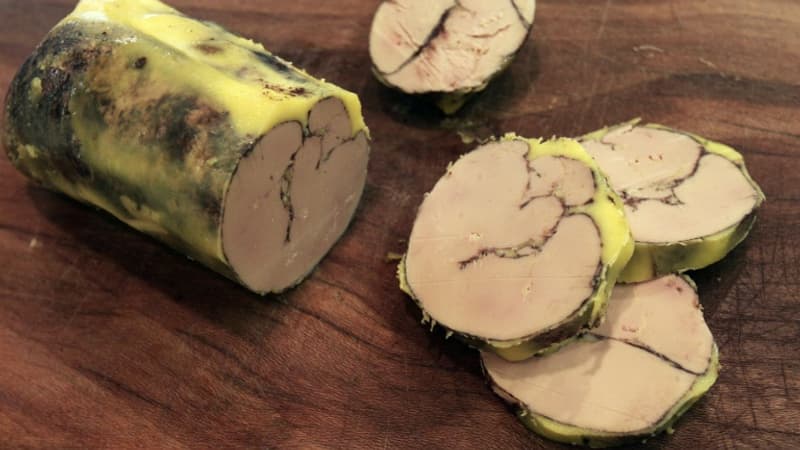Shortage of foie in sight for the holidays due to bird flu. In the absence of ducklings, Gers breeders force-feed the ducks, but they gain less weight than males and are therefore less profitable. Although he has been feeding ducks since 1998 in Sarrant, in the heart of the rolling plains of the Gers, Jacques Candelon had never been forced to raise mainly females. This year, the vast majority of his herd of 26,000 waterfowl is made up of ducks.
Successive waves of influenza or avian flu have been there: 16 million birds were culled between November 2021 and June 2022. Hatcheries were decimated in western France, the main supplier of male ducklings.
females eliminated at birth
Until then, females were culled at birth and only males were bred.
Betting on females to limit the damage was also the only option for Benjamin Constant, president of the Gers association for the promotion of foie gras and poultry farming.
“It was resignation or duplicity, but either we did nothing and waited, which is not in our DNA, or we tried to promote a product 100% respecting the consumer,” he explains.
“Double the work” on women
“However, there is an important part that cannot be fresh liver, which penalizes a link of producers: those who go to the markets,” he stresses.
The livers of females have the specificity of revealing veins in “20 to 40% of cases”, which makes them less attractive when fresh, and requires “twice as much work” to preserve, according to Jacques Candelon.
At the Samatan fat market, between Auch and Toulouse, business is done every Monday morning: a whistle blows, the doors open and customers flood the aisles between the stalls, looking for fresh livers.
200 kg times against 1 ton usually
But this year, the offer is divided by six: a month before the holidays, only 200 kg of liver, counting the ducks, are for sale compared to more than a usual ton.
Faced with smaller livers and sometimes crossed by a long vein, some buyers frown.
“They are surprised, a great communication effort must be made to inform consumers that it does not represent any danger. It is just a visual effect, they can be bought and consumed without difficulty”, says Didier Villate.
If “the taste remains the same”, the price skyrockets, males and females combined: fresh liver costs between 55 and 60 euros per kilo, “15 or 20 euros more” than usual according to Benjamin Constant, who speaks of a “catastrophic year”. 2022 for the sector”.
Source: BFM TV


